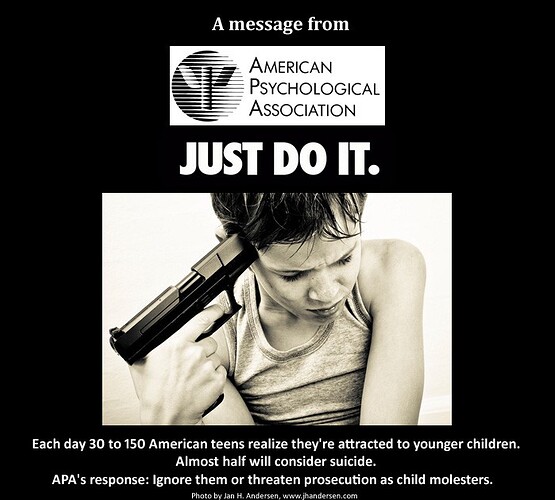Apologies if my question is inappropriate or tasteless. This question just popped into my head and got me thinking about the meaning of words:
Why exactly is CSAM (Child sexual abuse material) called CSAM?. It it called this because it’s creation requires child sexual abuse? If so, then my question is this:
What about so-called “self-generated CSAM”? We’re talking minors who take nudes or record sexual videos of themselves. I wouldn’t call a teen posing nude or masturbating “child abuse”, unless they’re somehow abusing themselves. So, in this case, is it still called CSAM because the imagery and videos can be abused for someone else’s personal gain (gratification, blackmail, money, etc.), even if there’s no direct adult-minor contact?
Hm, another question popped in my head while typing this: are drawings based on real children or even outright deepfakes CSAM if a child wasn’t outright sexually assaulted to create them? I suppose you could still call it child abuse via the misuse of a child’s image without their consent (which they can’t give)…
Hm, I guess the core of my pondering is what exactly is the full definition/scope of child sexual abuse? Does self-generated CP and stuff merely based on real children, etc. fall under the category of child abuse?
Note: I am not making justifications for people to seek out CP/CSAM just because it’s self-generated or anything like that. I still think minors who make such content of themselves don’t fully understand the consequences of misusing technology. At best, anyone who uses a minor’s self-generated CP is still taking advantage of a minor not understanding the risks of such things. I’m only asking if that still technically counts as outright child sexual abuse.
Apologies if I’m rambling/being confusing, etc., or if the subject matter is inappropriate. I just want to understand what counts as what. Precise terms and definitions are important (eg. the difference between a pedophile and ephebophile, or the difference between a pedophile and a child molester), right?
